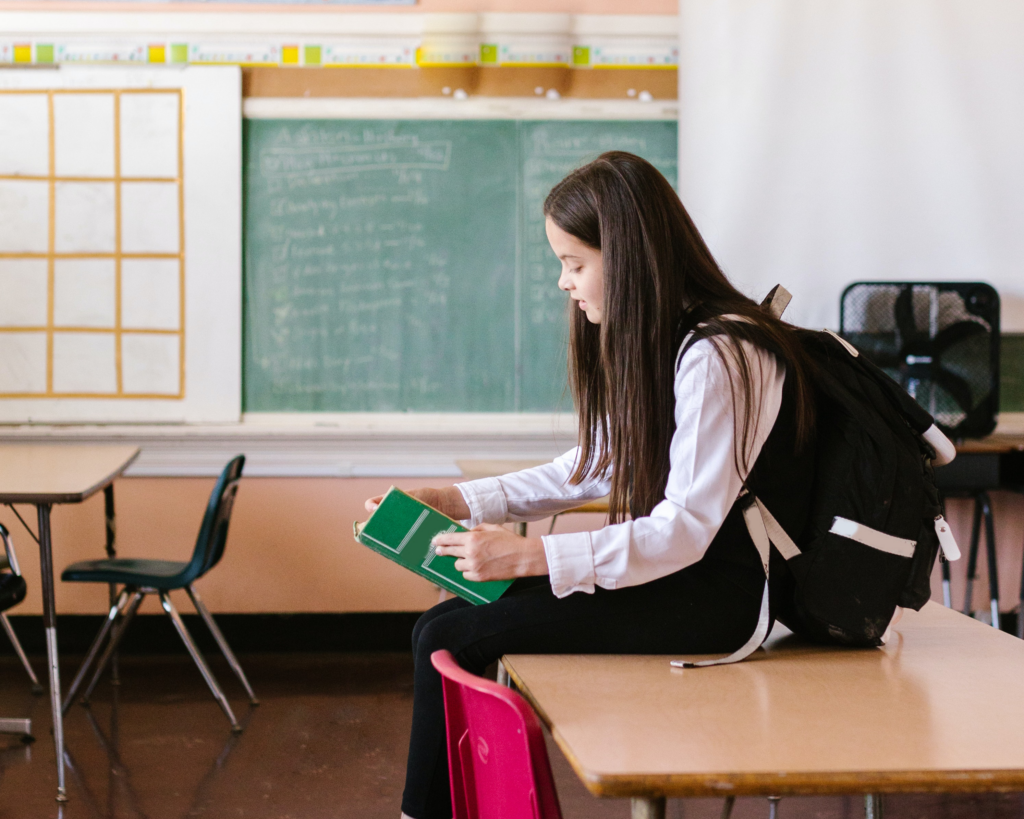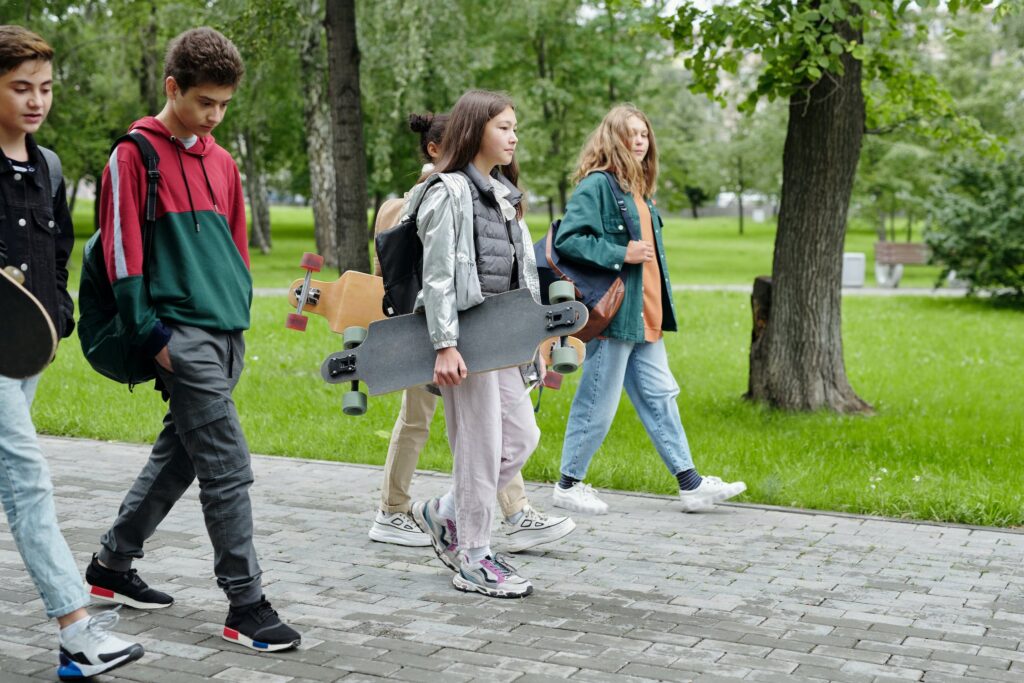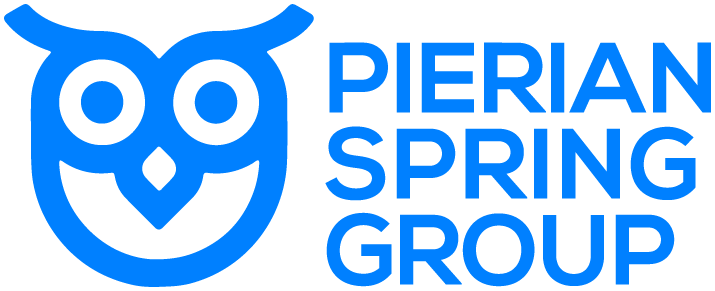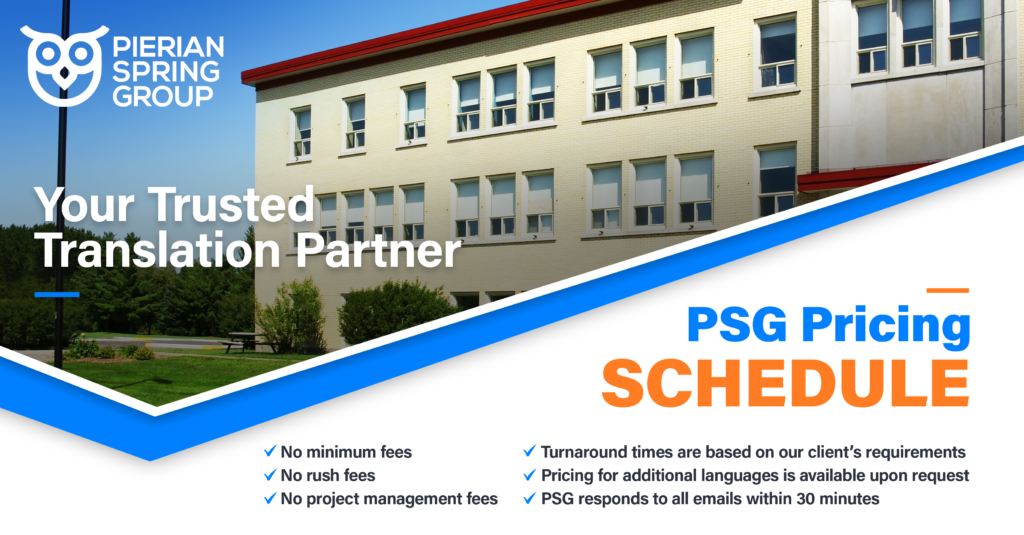From curriculum development to resource allocation, educators and administrators rely...
Read More10 Challenges Within
Public Schools

by: Jim Maziejka

Unveiling Public Education System Hurdles
The state of our public education system has plenty of room for improvement and developing a plan to move schools in the right direction is easier said than done.
The first challenge is identifying underlying problems in public schools preventing our students from learning. This challenge, in part, is because the problems may change depending on who is identifying them – educators, parents or lawmakers.
The following list of challenges facing public schools is based upon the perspective of educational leaders currently working in the public-school systems.
1. Poverty
The United States Department of Education states 16 percent of the children in the U.S. live at or below poverty level – nearly 12 million children! Estimates project this number to exceed 25% within the next 10 years; Over 50% of students qualify for free lunch programs.
Students living at or below poverty level tend to have the highest dropout rates. Students who do not get enough food or sleep are less likely to perform at their full academic potential.
Schools know these truths and despite efforts to provide students with basic essentials, teachers, administrators and lawmakers know there is simply not enough to go around.
2. Classroom Size
Many areas of the country are facing classrooms that have exceeded the appropriate level of student teacher ratio. When money gets tight, classroom numbers are often the first impacted.
Most public school teachers will agree they cannot effectively teach every student in a classroom if the class size exceeds 25 students. Their statements are backed by multiple research studies indicating class sizes of 15-18 students in grades K-5 provide both long and short-term benefits to both the students and the teachers.
We have also found minority and English as a second language (ESL) students benefit the most from smaller classroom sizes.
3. Bullying
Bullying is not a new problem within public school settings, but it is one that has a profound impact on the learning abilities of many students. Technology has given bullies more avenues to torment their victims – through social networking, texting and other virtual interactions – bullying extends beyond the normal school day.
Cyberbullying has become a major issue for schools, as evidenced by the number of suicides that can be directly traced to bullying events. Parents, teachers and administrators are still unsure of how to legally handle such issues.
4. Technology
Interesting fact is that many students are more technologically advanced than many teachers. This poses a problem within public schools because it places current instructors at a decided disadvantage.
The student’s passion for technology also tends to distract from their schoolwork. When teachers do not possess the skills to compete with the students’ various technological distractions, it may be difficult to keep students’ interest and attention.
Technology needs to come into the classroom to meet the learning demands of our society. Schools that are already cash-strapped may find an insurmountable challenge in coming up with the funding to bring computers and other forms of technology into their classes.

5. Family Factors
Family factors also play a role in a teacher’s ability to teach students. Principals and teachers agree that what is going on at home will impact a student’s propensity to learn. Divorce, single parents, poverty and violence are examples of challenges a student may bring to school each day.
While some teachers and administrators try to work with children in less-than-ideal family environments, they can only do so much – especially when parents are often not willing to partner with the schools to provide for the best interest of the child.
6. Student Attitudes and Behaviors
Many public-school teachers cite student attitudes as a major problem facing today’s schools. The level of lethargy and disrespect for teachers continues to escalate and is pervasive in our society.
The National Center for Education Statistics state problems like apathy, tardiness, disrespect and absenteeism pose significant challenges and to our classroom teachers and efficacy of our public schools.
7. Parent Involvement
Another common issue in public school is the level of parental involvement for students. Most teachers find there is no happy medium when it comes to parental involvement.
Some parents won’t be seen for the entire school year, no matter what sort of issues might arise. Other parents never leave, hovering over the child and teacher – interfering with the education process. Parental involvement is crucial and highly encouraged in supporting their child’s needs in their education.
8. No Child Left Behind
Most administrators, parents and teachers view No Child Left Behind as a detriment to the public education environment. Our national political leaders are working to reform the NCLB policies but, unfortunately, the focus continues to be on the testing process. Student test scores are tapped as a measure to evaluate teacher performance. Hence, putting pressure on faculty in schools to “teach to the tests.”
Many teachers believe they are forced to teach to the annual standardized tests and activities like recess, lunch and exposure to the fine arts have been reduced to make more time for academics as a consequence of the testing procedures.

9. Student Health
Obesity has reached epidemic proportions in the United States and the same poor eating habits that led to obesity issues can also be attributing to lower student achievement.
Obesity increases a student’s risk for other conditions; diabetes, high blood pressure, apathy, confidence with social engagement and interaction – all resulting in higher absenteeism and academic issues.
Our public schools are doing a much-improved function in providing students with healthy nutritional quality standards and promoting more physical activity programs among students of all ages. As a country, we have a long way to go to fight this issue, and get on the road to better health.
10. Funding
In recent years, budget cuts have created huge problems for most public schools. Diminished funding means smaller staffs, fewer resources and fewer necessitated services. While throwing more money at our educational problems won’t make them disappear, the lack of funding has caused many of the issues.
Additional Challenges of Public Schools
Teacher recruitment and retention
Hiring and retaining qualified teachers is a persistent challenge. Public schools must attract and retain skilled educators by offering competitive salaries, professional development opportunities and supportive work environments. Teacher shortages and turnover are on-the-rise and negatively impacting student achievements and overall school performance.
School safety
Ensuring a safe and secure learning environment is a top priority. To prevent safety issues, public schools must develop and implement effective safety protocols, emergency response plans and preventative measures to protect students, staff, and visitors from potential threats of violence, bullying and/or natural disasters.
Community engagement
Public school systems need to foster positive relationships with parents, community members and stakeholders. Building trust, maintaining open lines of communication and involving the community in decision-making processes can help create a supportive educational environment.
Legislative and policy changes
Public school staff and faculty must navigate and adapt to evolving educational policies, laws and regulations at the local, state and federal levels. Staying informed, advocating for the needs of their district and ensuring compliance with legal requirements are critical responsibilities.

Mental health and well-being
The mental health and well-being of students and staff are increasingly recognized as crucial factors with academic success. To address this, public schools systems must prioritize mental health support services, implement social-emotional learning programs and collaborate with community resources to address the diverse needs of students.
Demographic shifts and enrollment trends
Changing demographics and fluctuating enrollment patterns can pose challenges for public school superintendents. They need to anticipate and plan for shifts in student populations, accommodate changing educational needs and adjust staffing and resources accordingly.
Vaping
The rise in popularity of electronic cigarettes has led to increased vaping among students, and public schools face the challenge of addressing this trend and its associated risks. Public schools often work with teachers, counselors and parents to implement prevention programs, enforce policies against vaping and educate students about the health risks and consequences of vaping.
Substance Abuse
Drug use, including the misuse of prescription drugs, marijuana, alcohol or illicit substances remains a high concern in public schools. To address this problem, public schools strive to create a safe and drug-free environment for students. They collaborate with law enforcement, community organizations and health professionals to develop prevention programs, provide counseling services and implement disciplinary measures to address drug-related incidents. Supporting students struggling with substance abuse and providing resources for intervention and rehabilitation are important aspects of their role.
Addressing Challenges of Public Schools
There are many problems within public schools and identifying and agreeing on these issues is half the battle. Now is the time for educators, parents and lawmakers to come together and begin to find solutions – for the benefit of all students.
These challenges become extremely difficult for ESL (English as a Second Language) students. At Pierian Spring Group, we provide translation services for schools to make communication between teacher, students and their family members easier, to help overcome today’s challenges.
Contact us for translate IEPs, assessments, progress reports, high school diplomas, and more.
More Translation Insights
LEP Students and The Role of Translation Agencies
Language is the primary tool of communication that helps people...
Read MoreWhy Public Schools Should Translate Robocalls
Robocalls are automated telephone calls that deliver pre-recorded messages to...
Read More




